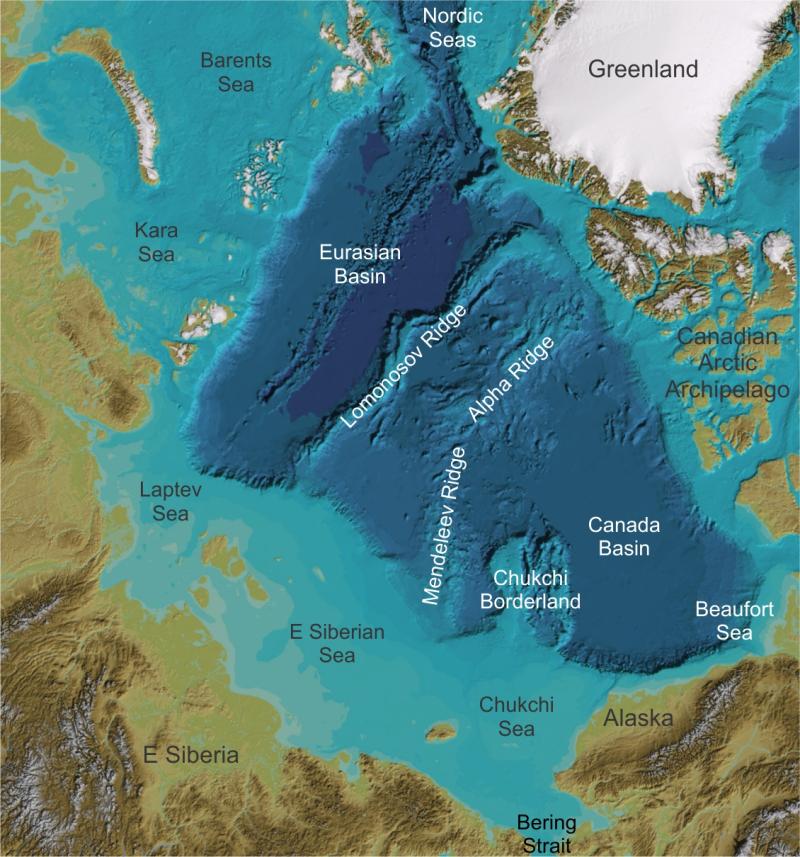The Paleoceanography Group uses information gathered from sea floor sediments to discover how changes in circulation, temperature, sea ice and glacier mass have affected the global climate system throughout Earth’s history. These data from the past are used to assess present and future climate changes. The group's research focuses on the Arctic Ocean and its history during the past several million years.
Major Research Topics
Our research projects can be grouped in several major topics:
- Quaternary stratigraphy of the Arctic Ocean. One of the biggest problems that obscures our understanding of the Arctic paleoceanography in the context of global climatic change is the lack of reliable age control for Arctic sediments. We investigate sediment cores and geophysical records collected from the Arctic Ocean to develop a stratigraphic framework based on lithological, geochemical, paleobiological and other types of proxies.
- Past environments in the Arctic Ocean and marginal arctic seas. How did the Quaternary changes in sea level, riverine discharge, Atlantic and Pacific water inputs and glacial build-ups and decays affect the Arctic marine system? What were the Arctic-Atlantic and Arctic-Pacific oceanic interactions on various time scale, from millennial to decadal? How did Arctic sea-ice cover reacted to past periods of climate warming?
- Glaciation history of the Arctic. There are many gaps in our knowledge of the timing and extent of large Pleistocene glaciations in the Arctic. Especially weekly understood is the history of glacier ice masses in the Arctic Ocean, where they probably formed extensive ice shelves. What were the limits of glaciations on the Eurasian and North American arctic margins? What was the timing and extent of ice shelves in the Arctic Ocean and whether they ever formed a Pan-Arctic Ice Shelf?
Work on these research problems involves participation in a number of major projects and expeditions, including the SCICEX geophysical investigation of the Arctic Ocean floor, the Trans-Arctic expedition HOTRAX 2005, and the LOMROG 2007 (LOMonosov Ridge Off Greenland). These activities also involve collaboration with a number of national and international research groups from North America, Europe and Far East. This work is facilitated by the BPRC sediment core repository, curated by L. Polyak.
Research Methods
Paleochemical, paleobiological and other proxy studies of sediment cores. Study of modern oceanographic processes as analogs for the paleo proxies. Interpretation of sea-floor morphology (multibeam bathymetry, side-scan sonar) and seismic stratigraphy (CHIRP sonar, seismic reflection data).

